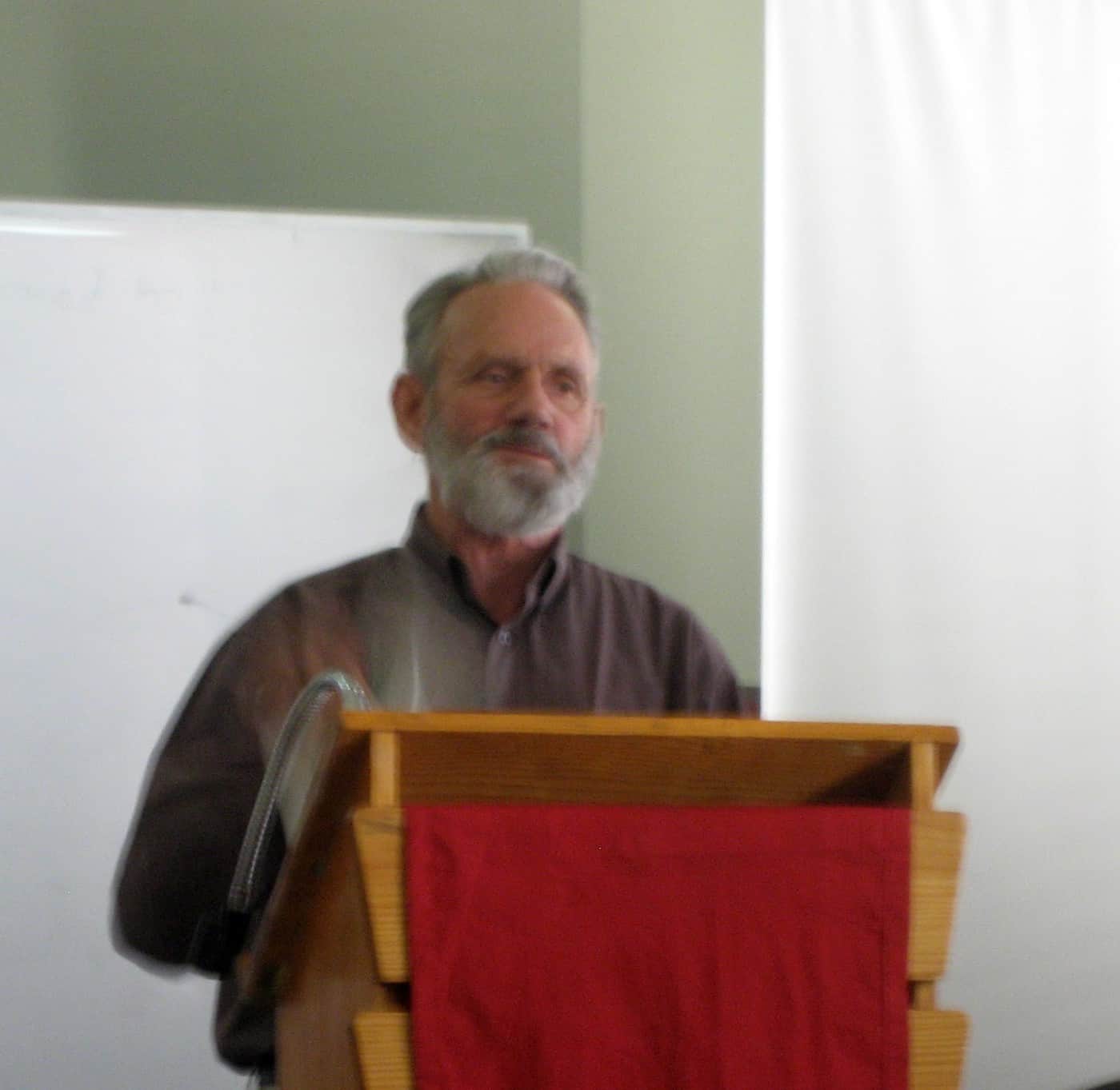At the launch of a new guidance for higher education students in late November 2009, Judith Hackett CBE, chair of the Health & Safety Executive spoke at length on a range of interesting matters but one section on leadership was particularly interesting:
“Strong leadership, engagement and a common sense approach are key to effective health and safety in any and every organisation. Leadership is fundamental because it sets the tone for whether health and safety happens or not, and how it happens. The type of health and safety culture that exists in organisations will be decided by how leaders manage it.
If they see that it makes good business sense this will lead to openness and involvement. Leaders will be seen to care about the people they employ and manage. But if, on the other hand leaders see health and safety as being all about bureaucracy, paperwork and procedures, this is likely to lead to health and safety being seen as a chore, a burden and therefore not properly and appropriately addressed.”






